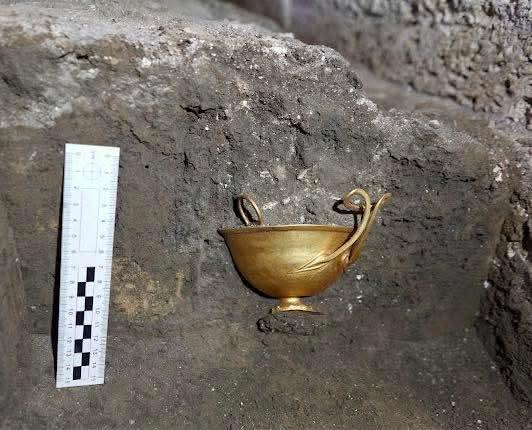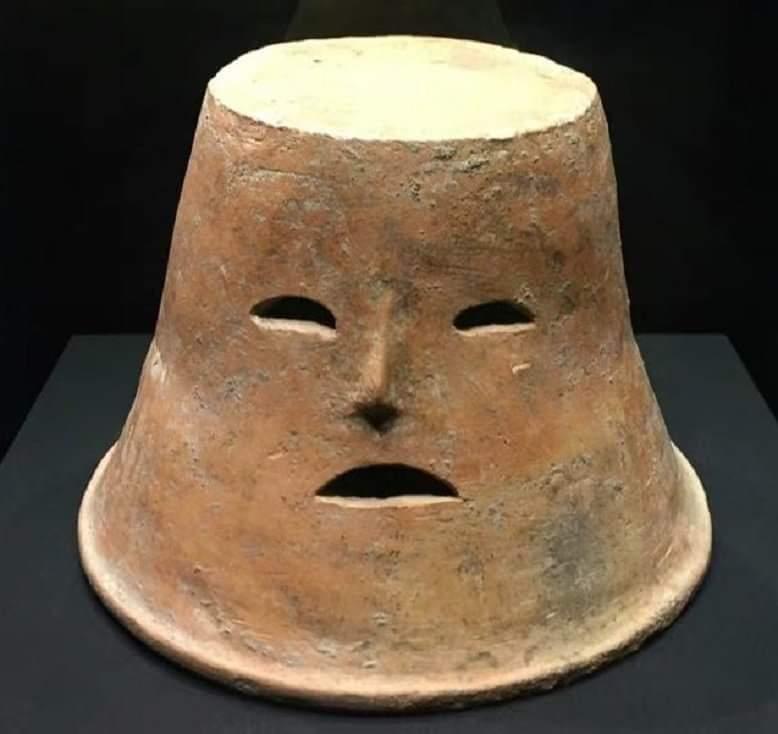This is a traditional women’s dress of Ochagavía, a mountain town in Navarre near French border, 1900s
-
This is a traditional women’s dress of Ochagavía, a mountain town in Navarre near French border, 1900s.
For centuries, Navarre was an independent kingdom. It emerged in early Middle Ages and, at its height, included lands on both sides of the Pyrenees. This independence lasted until 1512, when southern portion was conquered by Ferdinand of Aragon and integrated into Spain, while a smaller northern part remained under French influence.
-
This is a traditional women’s dress of Ochagavía, a mountain town in Navarre near French border, 1900s.
For centuries, Navarre was an independent kingdom. It emerged in early Middle Ages and, at its height, included lands on both sides of the Pyrenees. This independence lasted until 1512, when southern portion was conquered by Ferdinand of Aragon and integrated into Spain, while a smaller northern part remained under French influence.
@archaeohistories The pleats on the shawls and skirts would be difficult to maintain before modern industrial heat setting.
These garments represent hours at an ironing board to make those pleats in what appears to be heavy fabric.
-
@archaeohistories The pleats on the shawls and skirts would be difficult to maintain before modern industrial heat setting.
These garments represent hours at an ironing board to make those pleats in what appears to be heavy fabric.
@sewblue @archaeohistories I think that in 1900 they had machines to do that kind of pleating (and it was probably easier for middle class city people to have natural fiber fabric pleated by machine than it it today), but I have no idea how accessible they would be to people wearing traditional clothing in rural settings
Gli ultimi otto messaggi ricevuti dalla Federazione
Post suggeriti
-
Treasures of exceptional value, discovered in a 3rd Century BC, tumulus in Mangalia, southeastern Romania 🇷🇴, were presented to the public for the first time last month at the National Museum of Romanian History in Bucharest.'n#archaeohistories
Uncategorized 1
1
-
Archaeologists uncovered 10 remarkably preserved crocodile mummies, likely over 2500 years old, inside an untouched Egyptian tomb at Qubbat al-Hawa on Nile’s west bank.
Uncategorized 1
1
-
Miaodigou Culture Mask (3500 BC) :This 5600 year old ceramic vessel with an image of a human face, found at Yangguanzhai archaeological site near Xi'an in Chinese Shaanxi province.
Uncategorized 1
1
-
Man Playing Chess with Death (1480 AD), fresco by Swedish artist Albertus Pictor (1440-1507 AD); Täby Church, Uppland, Sweden 🇸🇪#archaeohistories
Uncategorized 1
1
